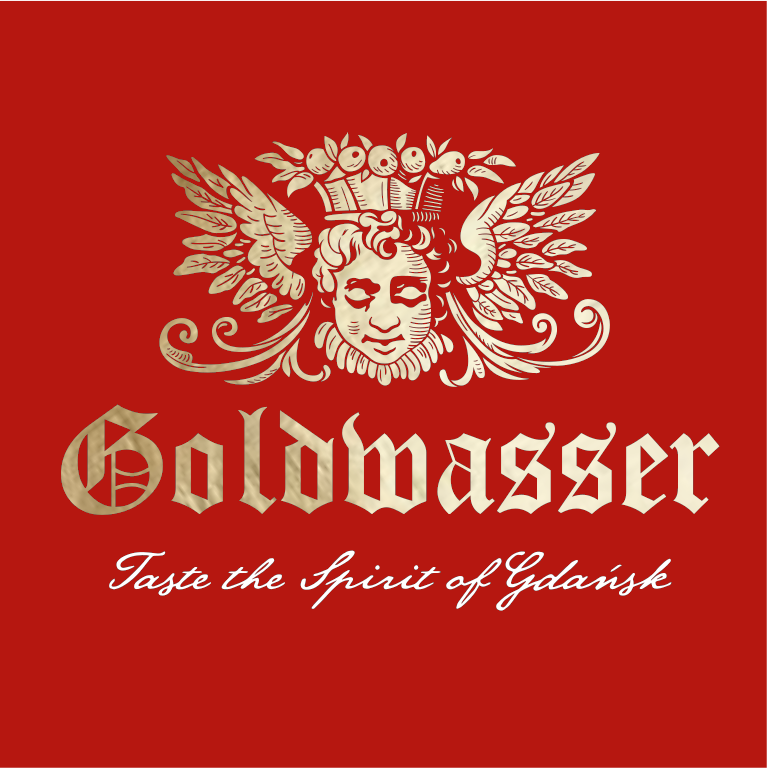The northern part of Poland, and the Pomeranian Voivodeship in particular, is mainly associated with holiday trips to the Polish seaside. Although the Baltic Sea is the pearl of this area, we should not forget about the atmospheric and historically extremely important Tricity. It covers three seaside cities: Gdańsk, Sopot and Gdynia. All of them are worth visiting, but Gdańsk deserves special attention. It is not without reason that it is called the city of freedom and solidarity. It combines traditions and history, both ancient and modern, which every Pole should know. Due to the large number of tourist attractions, museums and beautiful architecture, combining the atmosphere of a port city and a modern metropolis, it attracts crowds of tourists from all over the world. The multitude of attractions may be overwhelming, but with a good plan that includes the most attractive points, visiting Gdańsk will be an extremely interesting and pleasant experience. Check which museums you must visit when coming to the city, which is the seaside pearl of Poland.


Museum of World War II – the pearl of Gdańsk
Undeniably, Gdańsk played a huge role during World War II. Hostilities began from Gdańsk’s Westerplatte, provoked by the German attack, and the peninsula became famous as a symbol of Polish bravery and heroism, even despite the easily predictable defeat against much stronger enemy forces. It is therefore not surprising that in 2008 it was decided that the Museum of the Second World War would be built in Gdańsk. It has been operating since 2017 and is a must-see on every trip to this port city. Regardless of whether you are a true fan of Polish history or your knowledge is limited to the most important events, be sure to visit the Museum of the Second World War. Gdańsk can be proud of this national pearl.
In the Gdańsk museum you can see various exhibitions. In addition to the main one, which is divided into three narrative blocks and as many as 18 thematic sections, you can also see exhibitions dedicated to children and temporary exhibitions, which change frequently and concern various issues related to the largest armed conflict in the world. The undeniable attraction of the main exhibition is the fact that it is located 14 meters underground and covers an area of almost 5,000 square meters, which makes it one of the largest in the world. In all its blocks and sections you can see how the experience of war influenced the lives of Poles, both during it and after its end. The uniqueness of the main exhibition of the Museum of the Second World War is that it focuses, apart from the genesis of the conflict and its military and political aspects, on the fate of ordinary people and how their everyday life and everyday life dramatically changed in a split second.
Museum of Westerplatte and the War of 1939
The Museum of the Second World War is divided not only into blocks and sections, but also into departments. One of them is the one devoted to the history of an extremely important place in the history of the war conflict, Westerplatte. It is located on the peninsula itself and functions as an open-air museum. There is also an educational path on its premises, which complements the field exhibition, focusing on the former resort architecture of Westerplatte and its extensive topography.
Guardhouse on Westerplatte
Among the important must-see points is the Westerplatte Guardhouse No. 1, which is a branch of the Gdańsk Museum. Although it is one of six guardhouses that were built in the 1930s, it was not without reason that it became an important part of the museum complex. It was a key point of Polish defense during the seven-day period of fighting on Westerplatte. The building was preserved in very good condition, despite heavy fire from German forces, which is why it was the only one open to visitors. In addition to the impressive exterior of the guardhouse, preserved from the war, visitors can also enjoy the exhibition inside. It mainly presents memorabilia of the Military Transit Depot and its brave defenders.


Solidarity Museum – a place of commemoration of contemporary history
However, Gdańsk is not only an important place for World War II. In addition to numerous museums commemorating its events, there are also other tourist attractions and monuments. One of them is the European Solidarity Center, which perpetuates the history of the creation of the “Solidarity” trade union in Poland. Gdańsk is its cradle and the place where it all began. At the permanent exhibition, visitors can learn about the origins of Solidarity, its history and the impact it had on political and political changes in Central and Eastern Europe. In seven rooms on two floors, you can admire exhibitions full of souvenirs, manuscripts, photos and films from the time of the association’s operation, as well as multimedia, interactive installations that diversify the tour.
The building of the European Solidarity Center also houses an exhibition devoted to the turbulent history of the Gdańsk shipbuilding industry. This is an extremely important element for the establishment and activities of the Solidarity union. The exhibition includes work tools, work clothes of shipyard workers, posters, but also art inspired by the shipyard theme and talking about it. However, the exhibition is primarily about not the shipbuilding industry itself, but the people associated with it and the impact it had on them and the entire city – its politics, economy, and Solidarity itself.
Solidarity Square
The square itself, where the European Solidarity Center is located, is also worth seeing. Solidarności Square is mainly known for the fact that it was where Solidarity began its activities. It is also the site of trade union protests that took place in August 1980. Visitors can see, among other things, the historic Gate No. 2 of the Gdańsk Shipyard, known to most from archival photos and video materials. There is also a monumental Monument to the Fallen Shipyard Workers in the square, commemorating the victims of the violently suppressed workers’ protests of December 1970.



